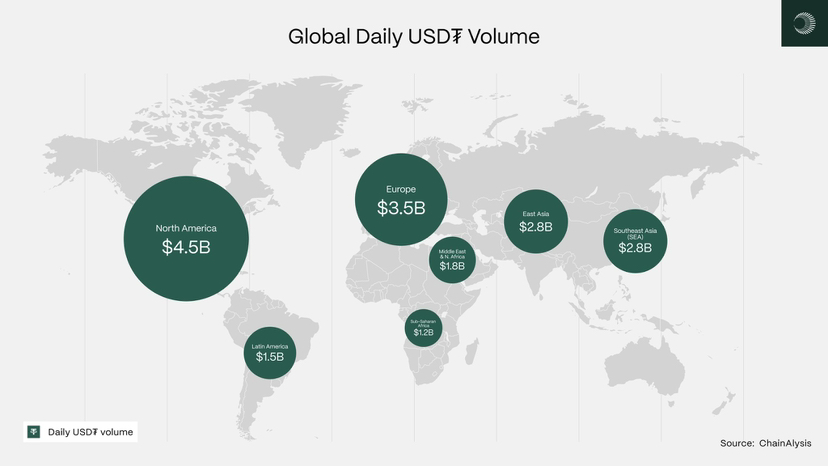
After observing the ecological progress of XPL for more than six months, I found that its core competitiveness lies not in a single technology, but in the deep integration of the DeFi ecosystem with Bitcoin liquidity achieved through EVM compatibility and the Bitcoin bridge. This 'bi-directional activation' ecological model is highly differentiated among existing public chains.
EVM compatibility has brought a rapid ecological migration effect to XPL. Due to full compatibility with Ethereum's smart contracts and development tools, most Ethereum-based DeFi projects can quickly deploy to the XPL network without the need to restructure their code. I compared the operational data of Aave on Ethereum and XPL, and found that under the same collateral rate, the lending efficiency on XPL is higher, with a capital utilization improvement of about 20%, thanks to XPL's high throughput and low latency characteristics. In addition to lending protocols, stablecoin-related protocols like Ethena and Fluid have also completed integration, forming a complete DeFi closed loop around stablecoins for lending, exchange, and arbitrage. For developers, low migration costs mean faster product deployment; for users, the familiar interface and higher capital efficiency lower the barriers to cross-chain usage.
The launch of the Bitcoin bridge allows XPL to connect with the largest liquidity pool in the crypto world. XPL has constructed a trust-minimized Bitcoin bridge through multi-party computation and threshold signature schemes, converting BTC into programmable pBTC for circulation within the XPL ecosystem. The value of this design lies in preserving Bitcoin's security while granting it DeFi programmability. I have tested the usage process of pBTC within the XPL ecosystem, and it takes only a few minutes to cross-chain from the Bitcoin network to XPL. After the cross-chain, pBTC can directly participate in lending, providing liquidity, and other DeFi activities without worrying about the security risks of centralized bridges. This model allows Bitcoin holders to participate in DeFi yields without selling their assets, while also bringing significant incremental liquidity to the XPL ecosystem.
The design of the ecological incentive mechanism ensures long-term development. XPL allocates 40% of the total token supply for ecological construction, of which 8% is unlocked immediately when the mainnet beta goes live for DeFi incentives, liquidity provision, and other activities, while the remaining 32% is unlocked monthly over three years. This release rhythm ensures a rapid launch of the initial ecosystem while avoiding short-term speculation caused by overly concentrated incentives. I have noticed that XPL's ecological incentives are more inclined towards actual use cases rather than pure staking mining, which helps to filter out truly valuable projects and form a healthy ecological cycle. With the continuous enrichment of DeFi protocols and the sustained inflow of Bitcoin liquidity, the XPL ecosystem is forming a unique advantage of 'stablecoin payments + DeFi applications + pBTC liquidity.'



